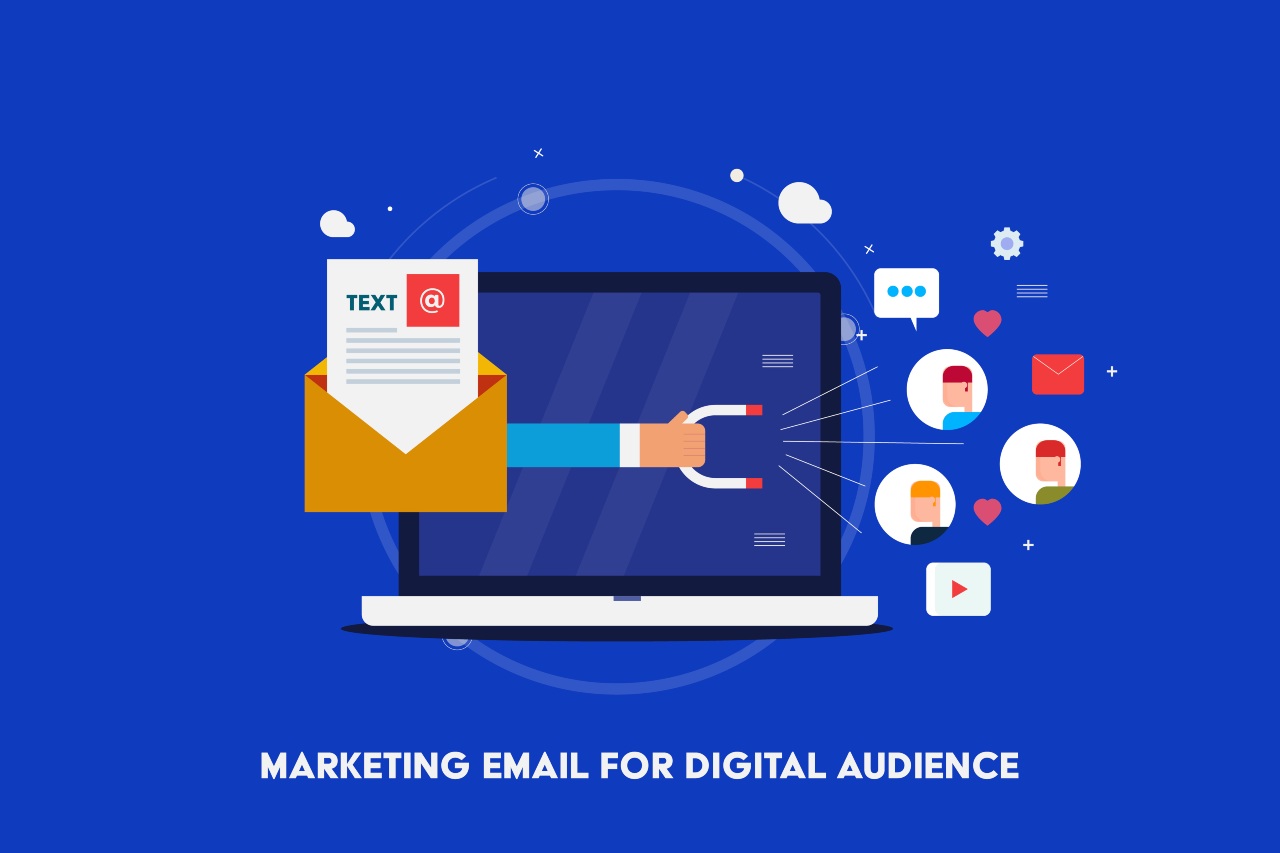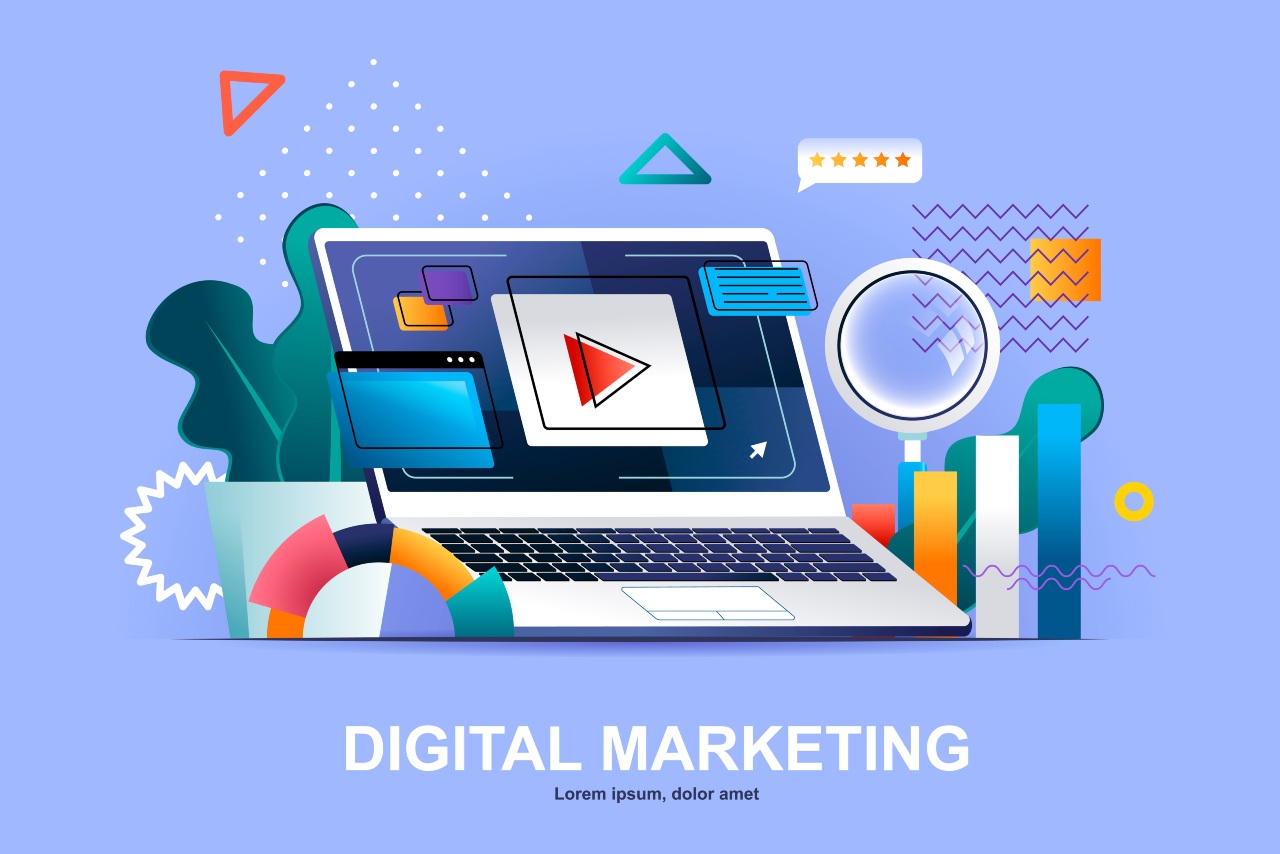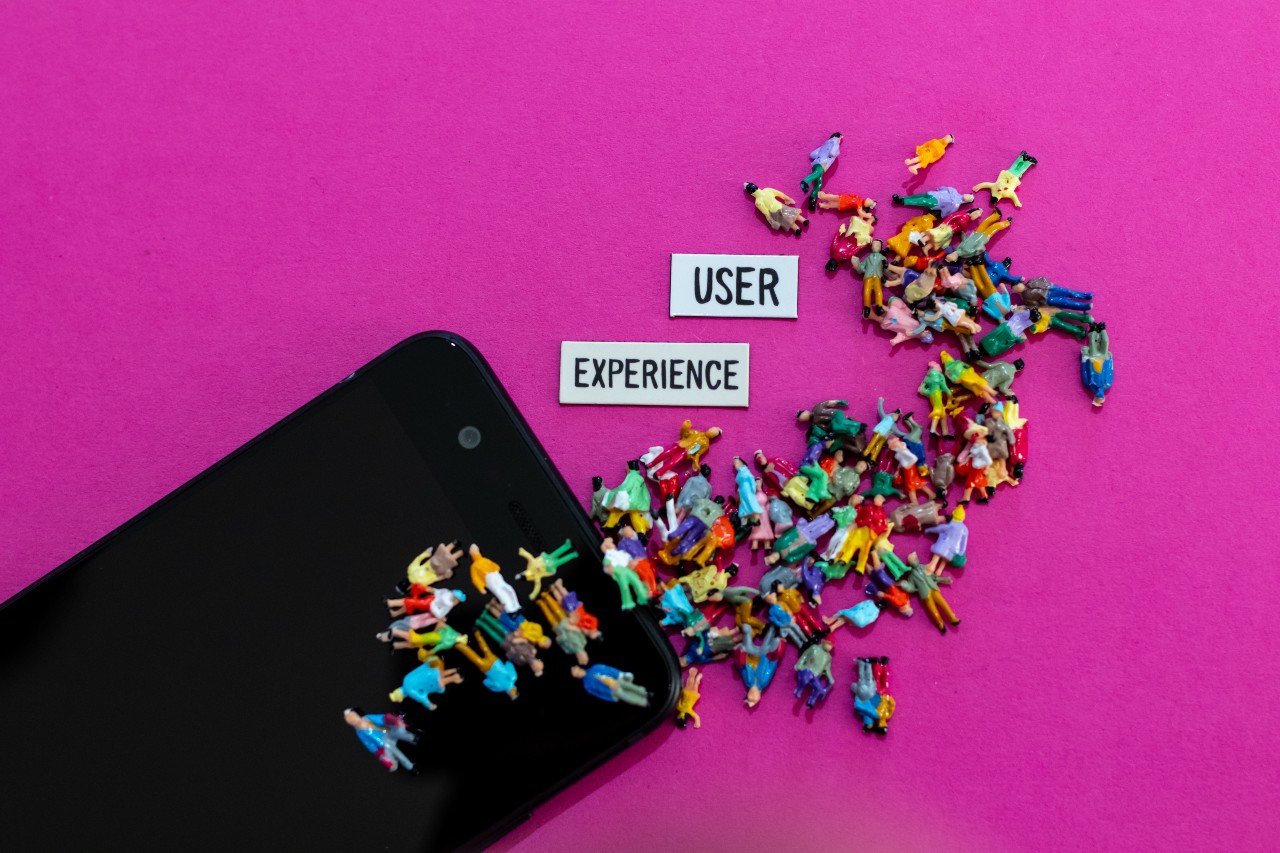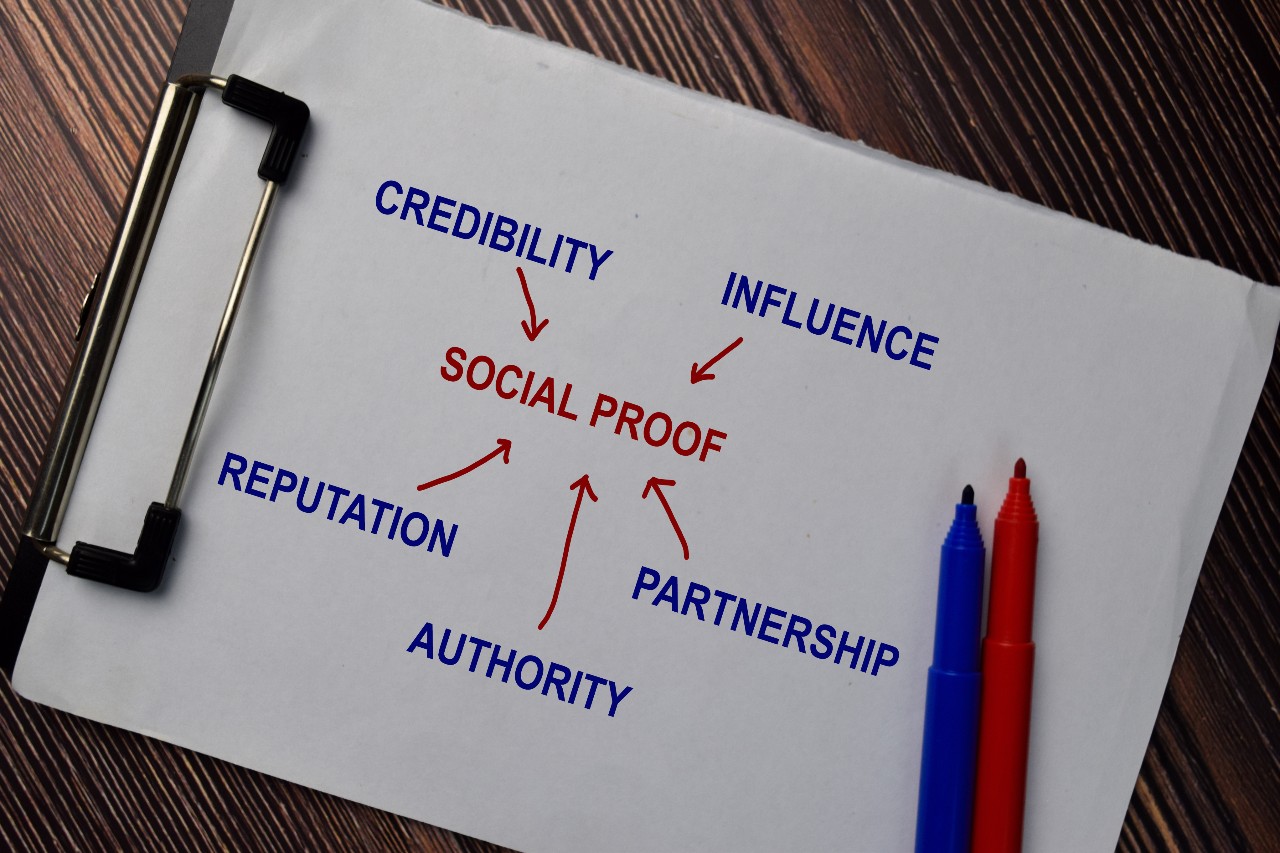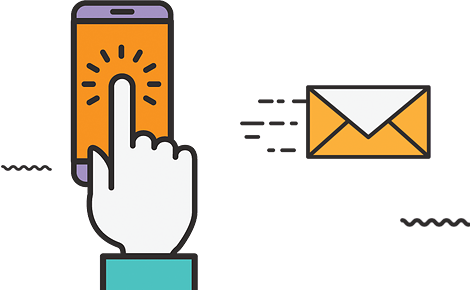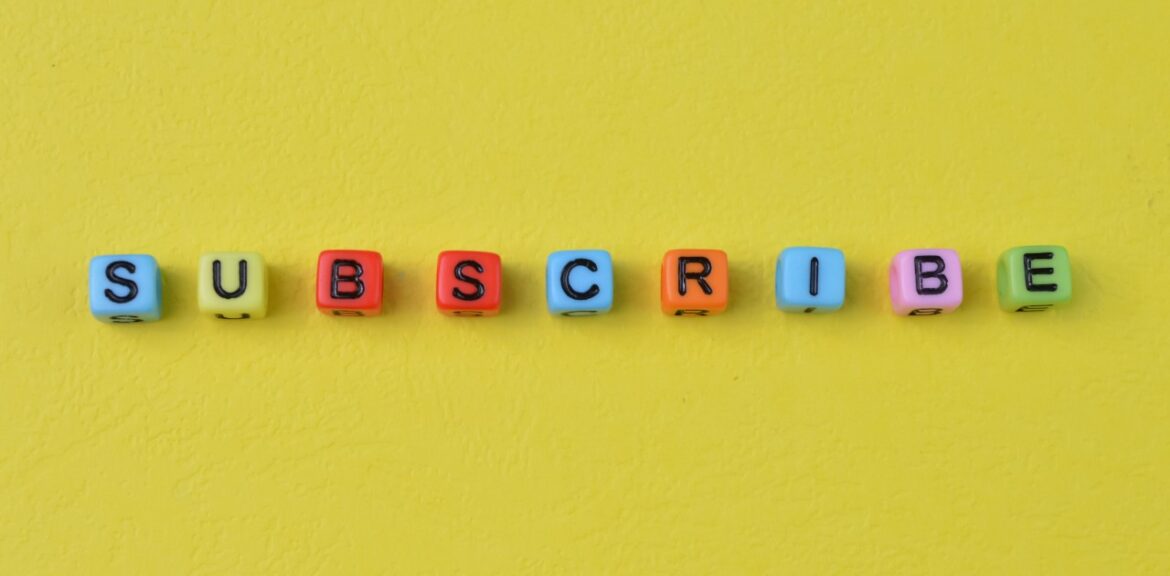
Color is more than just a visual element; it’s a powerful tool that influences emotions, behaviors, and perceptions. Understanding the psychology of colors in marketing can help brands communicate more effectively, shape consumer decisions, and strengthen brand identity.
This guide explores the science of color psychology and how to harness it to enhance your marketing strategy.
Why Colors Matter in Marketing?
Research shows that people form an opinion about a product or brand within 90 seconds of their first interaction, and up to 90% of that decision is influenced by color alone. The right color combinations can:
- Attract attention.
- Evoke specific emotions.
- Increase brand recognition (by up to 80%).
- Drive purchasing decisions.
Understanding how colors impact emotions and behavior is crucial for creating marketing campaigns that resonate with your audience.
The Psychology Behind Common Colors
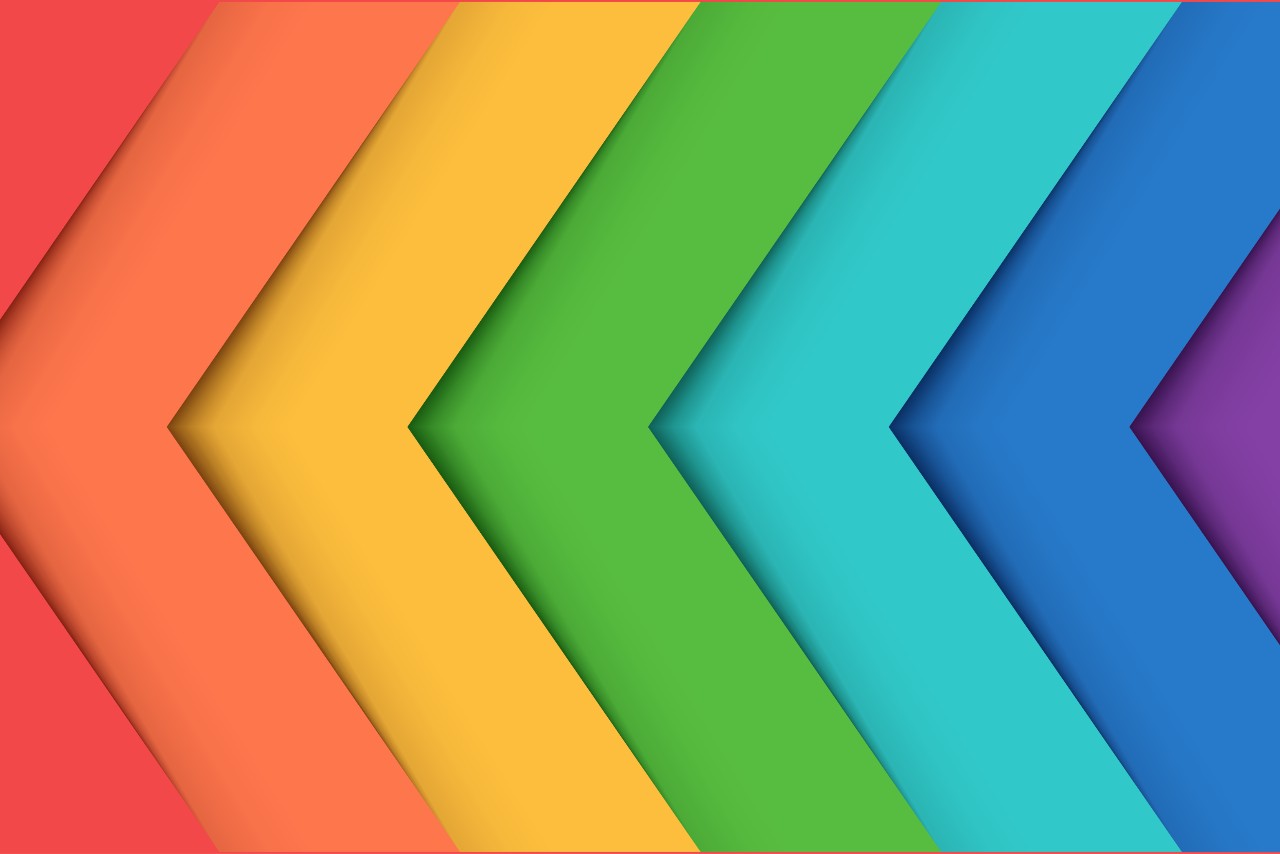
Different colors evoke different emotions and associations. Here’s a breakdown of common colors used in marketing and their psychological effects:
- Red
- Emotions Evoked: Passion, urgency, excitement.
- Applications: Used in sales promotions to create urgency, attract attention, and stimulate appetite (e.g., Coca-Cola, McDonald’s).
- Best for: Food, retail, entertainment, and clearance sales.
- Blue
- Emotions Evoked: Trust, calmness, dependability.
- Applications: Frequently used by financial institutions and healthcare brands to convey trustworthiness (e.g., Facebook, IBM, Visa).
- Best for: Technology, healthcare, finance, and professional services.
- Yellow
- Emotions Evoked: Optimism, happiness, warmth.
- Applications: Used to grab attention and create a cheerful vibe (e.g., McDonald’s, IKEA).
- Best for: Child-focused brands, food, and travel.
- Green
- Emotions Evoked: Growth, health, harmony.
- Applications: Often associated with nature, sustainability, and health-conscious products (e.g., Whole Foods, Starbucks).
- Best for: Eco-friendly products, wellness, and outdoor industries.
- Orange
- Emotions Evoked: Energy, enthusiasm, friendliness.
- Applications: Encourages action and spontaneity, often seen in call-to-action buttons and promotions (e.g., Fanta, Nickelodeon).
- Best for: Youthful and energetic brands, fitness, and retail.
- Purple
- Emotions Evoked: Luxury, creativity, wisdom.
- Applications: Used to convey sophistication and exclusivity (e.g., Cadbury, Hallmark).
- Best for: Beauty, luxury, and creative industries.
- Black
- Emotions Evoked: Power, sophistication, elegance.
- Applications: Common in luxury brands and minimalist designs (e.g., Chanel, Nike).
- Best for: High-end products, technology, and fashion.
- White
- Emotions Evoked: Simplicity, purity, cleanliness.
- Applications: Often used in healthcare, technology, and minimalist designs to convey simplicity and functionality (e.g., Apple).
- Best for: Healthcare, tech, and wellness.
You may also like: 5 of the best ways to generate brand loyalty
How to Incorporate Colors Psychology into Your Marketing Strategy
Colors have a powerful impact on human emotions and decisions, making them a vital tool in shaping your brand’s identity and influencing consumer behavior.
- Define Your Brand’s Identity
Before choosing colors, clarify your brand’s values, mission, and personality. Ask yourself:
- What emotions should my brand evoke?
- How do I want my audience to perceive my brand?
Example: A wellness brand might lean towards green and white to reflect health and purity, while a tech startup might opt for blue to convey trust and innovation.
- Understand Your Target Audience
Different colors resonate with different demographics. Gender, age, culture, and personal experiences all influence how colors are perceived.
Tips:
- Gender Preferences: Studies suggest men prefer blue, black, and green, while women lean towards blue, purple, and green.
- Cultural Differences: In Western cultures, white represents purity, but in some Asian cultures, it’s associated with mourning.
- Use Color to Guide Customer Behavior
Colors can subtly influence how customers navigate your website, interact with your brand, and make purchasing decisions.
Applications:
- Call-to-Action Buttons: Use contrasting colors like orange or red to draw attention to “Buy Now” or “Sign Up” buttons.
- Navigation Highlights: Use consistent color schemes to make your website or app intuitive and user-friendly.
- Point of Sale: Warm colors like red and yellow can encourage impulse buying in retail settings.
- Test and Optimize
Even with an understanding of color psychology, it’s essential to test how colors perform with your specific audience.
How to test:
- Use A/B testing for landing pages or ads with different color schemes.
- Track metrics like click-through rates, engagement, and conversions.
- Gather feedback from focus groups or surveys.
- Keep Consistency Across Channels
Consistency in color usage helps reinforce brand recognition and loyalty. Use your chosen color palette across all platforms, including your website, social media, packaging, and advertisements.
Common Mistakes to Avoid With Colors in Marketing
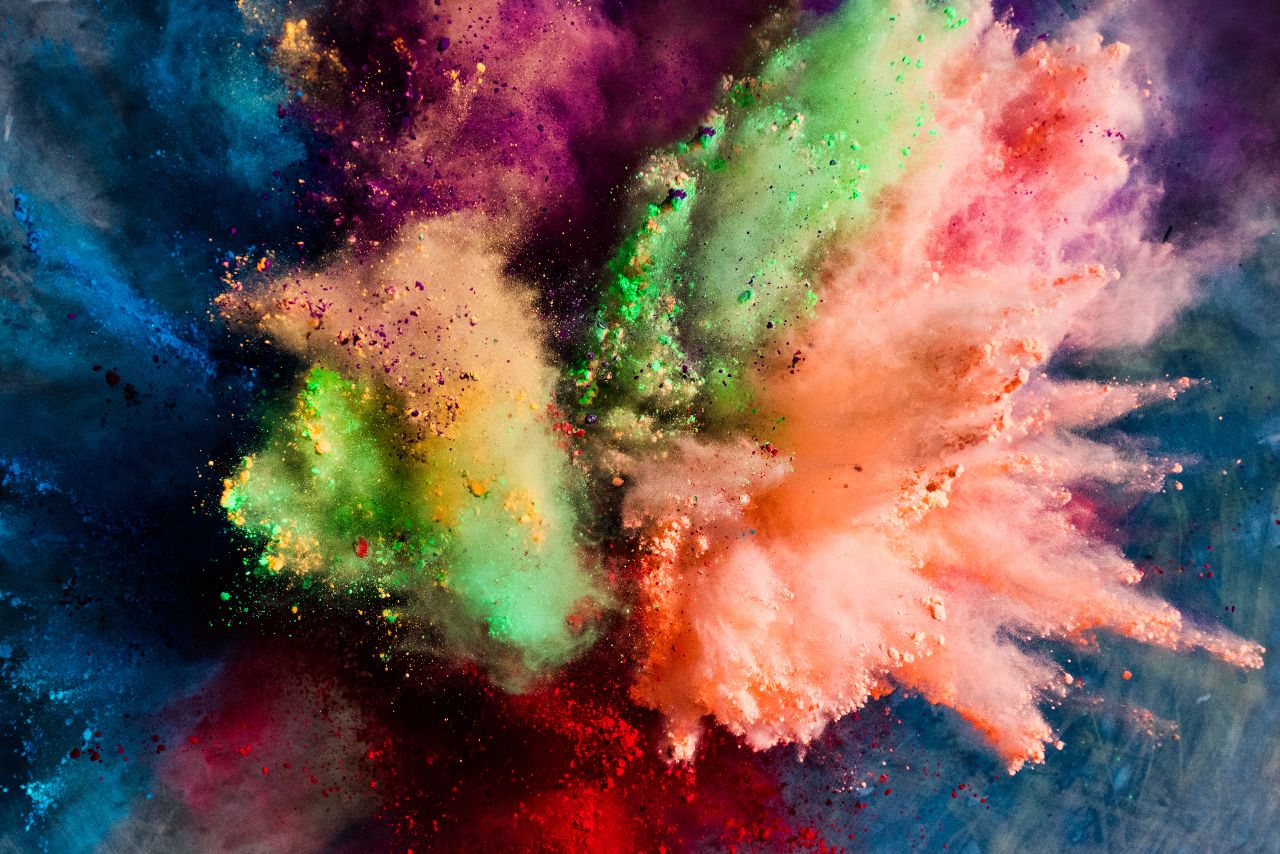
- Overloading Colors: Too many colors can confuse or overwhelm your audience. Stick to a primary color and a few complementary shades.
- Ignoring Accessibility: Ensure sufficient contrast between text and background colors for readability.
- Cultural Missteps: Avoid using colors that may have negative associations in specific cultures or contexts.
Final Thoughts
The psychology of colors is a game-changer in marketing. By understanding how colors influence emotions and behavior, you can craft campaigns that not only grab attention but also create lasting impressions.
In the meantime, if you need help with your digital marketing, we are here for you. Feel free to contact us and learn more about our digital marketing services. You can find more information at Sylably.com or on our flagship Facebook page.
You may also like: Top 7 Content Marketing Strategies for Gen Z
Did You Like this Article?
If you found this article helpful, please share with your friends, family, and colleagues who might also be interested in digital marketing services.
We would also love to hear your opinion, thoughts, and advice! Please leave your comments in the box below.
Thank you!
